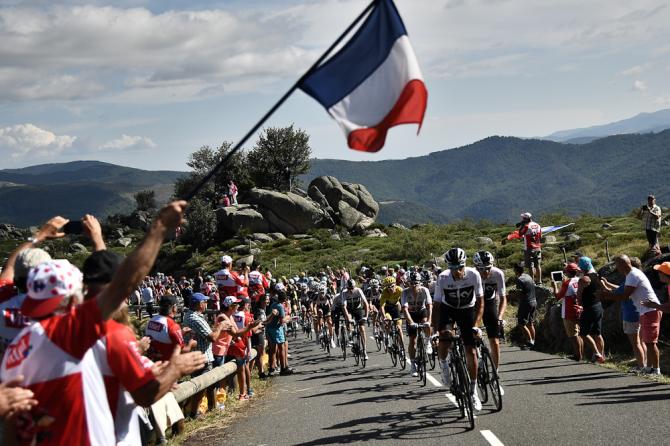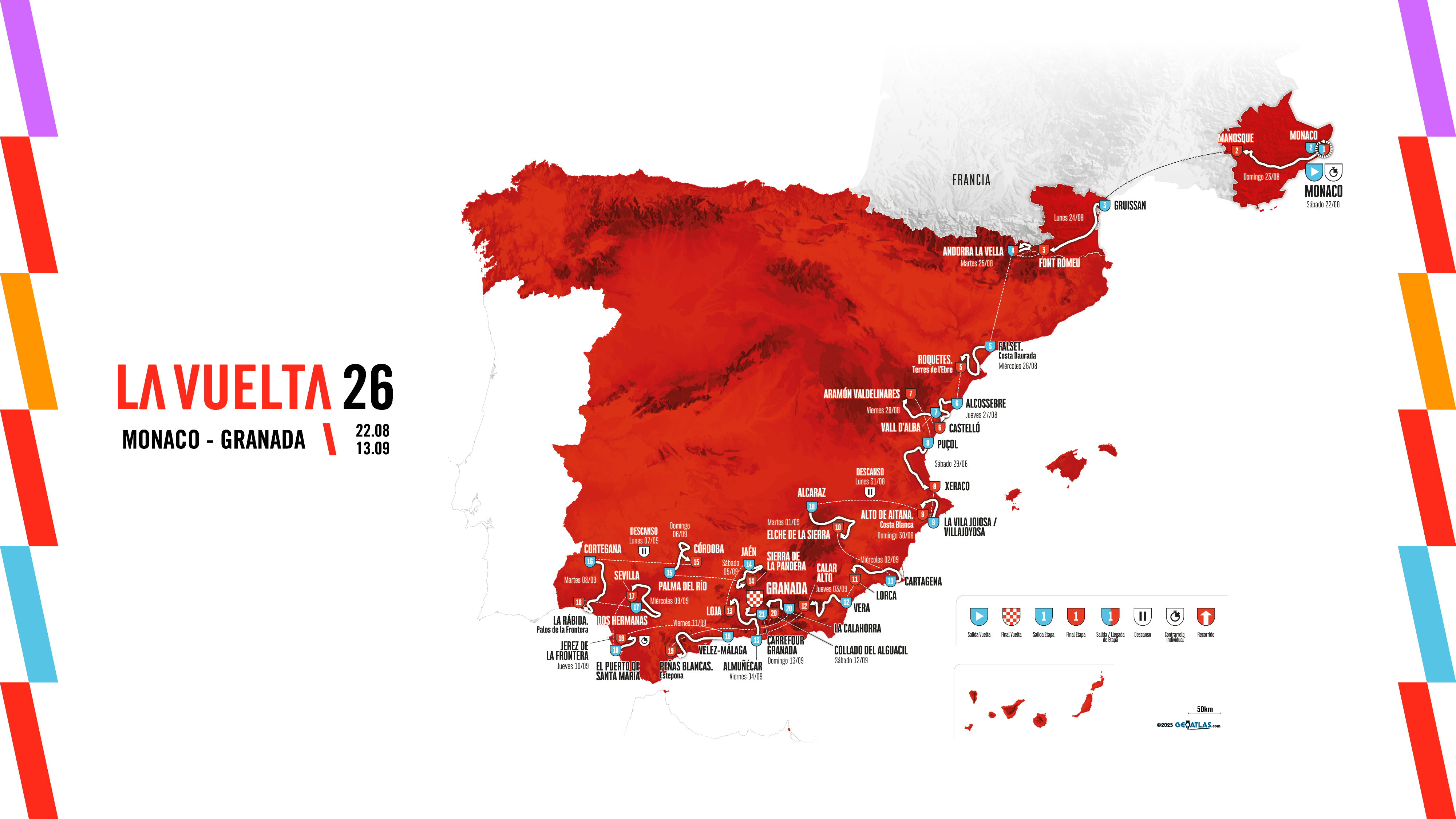A weekend of possibilities as Tour de France hits Massif Central
Alaphilippe looks for six seconds while GC contenders hope for no surprises
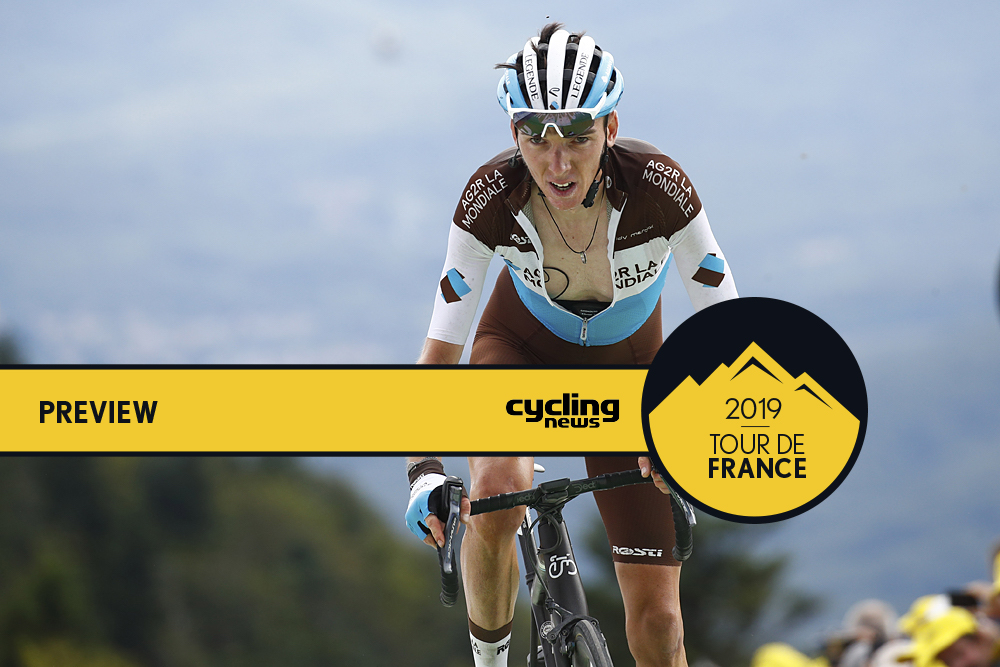
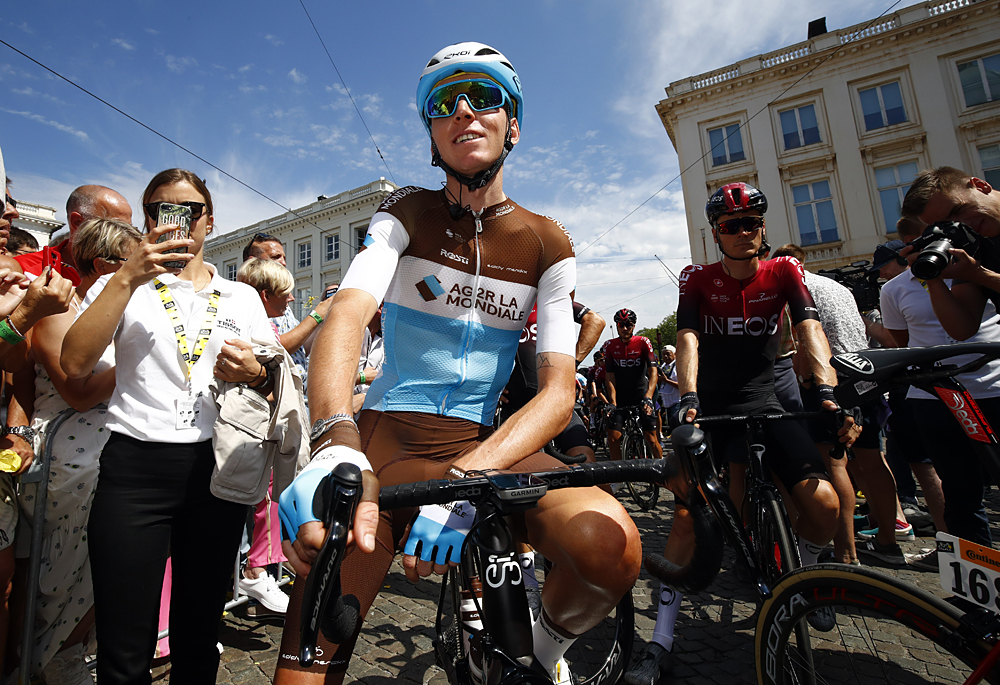
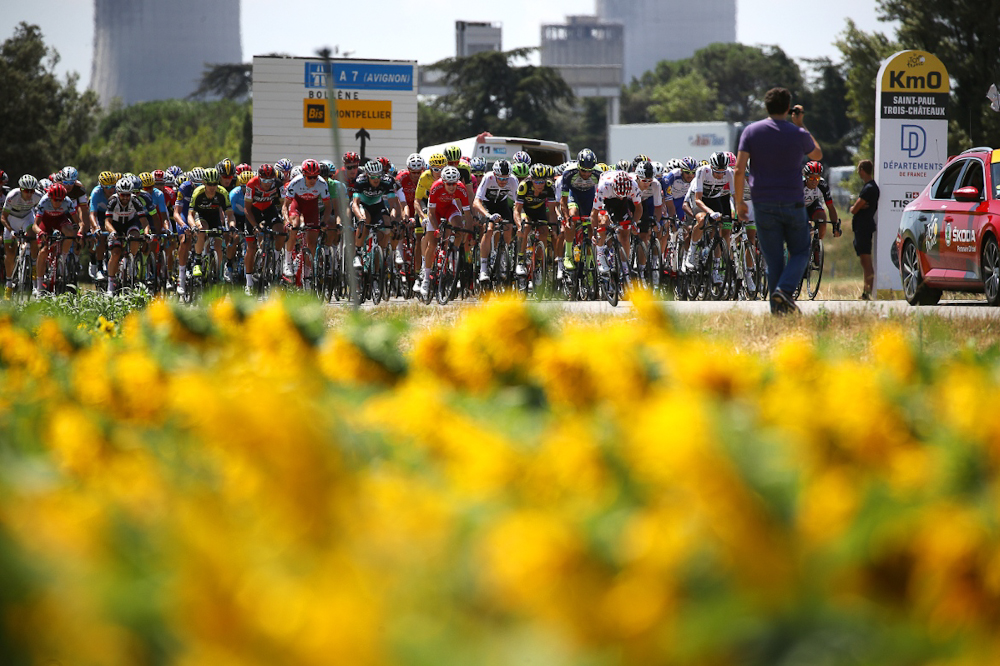
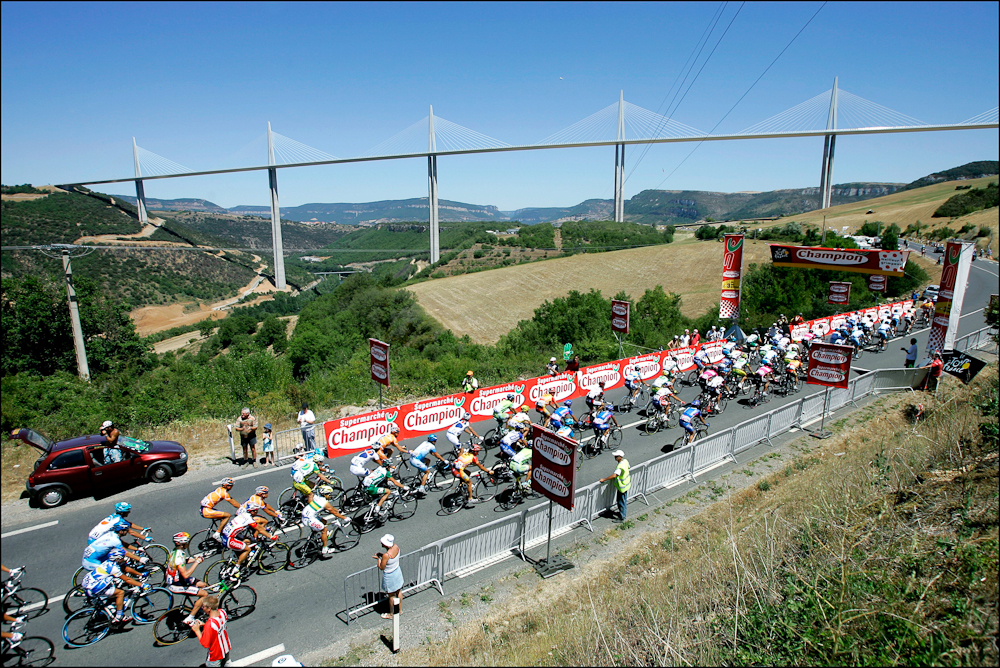
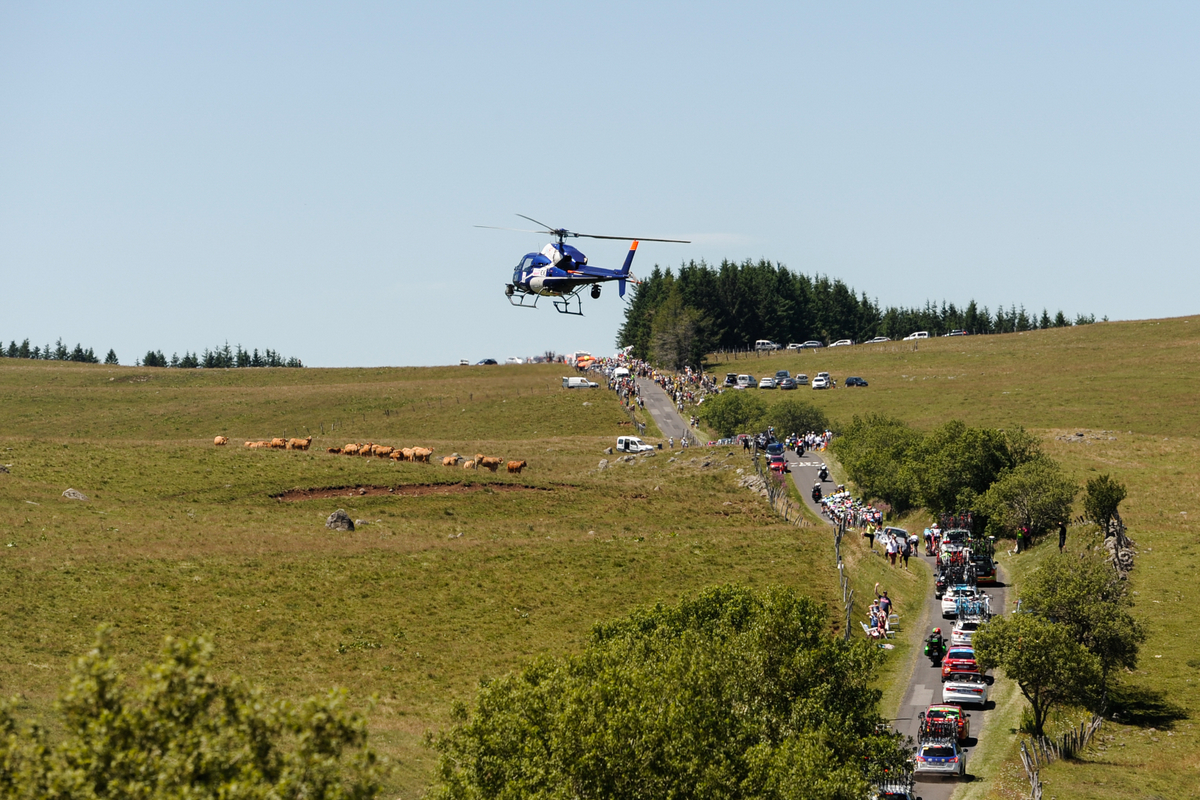
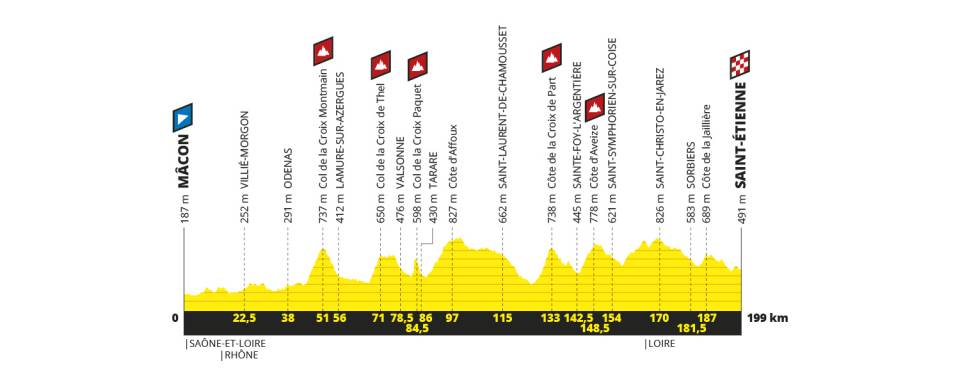
After Laurent Jalabert and ONCE blew the Tour de France apart on the road to Mende in 1995, race director Jean-Marie Leblanc peppered the following year's route with a slew of punchy stages in the Massif Central, reasoning that this terrain would prove amenable to Jalabert and those trying to end Miguel Indurain's long reign as patron.
The longest six seconds: Alaphilippe's complicated path back to the Tour de France yellow jersey
Tour de France: Watch Groenewegen win by a whisker - Video
Ciccone ready to fight with Alaphilippe to keep Tour de France yellow
Van Garderen abandons Tour de France with broken thumb
Tour de France: Geraint Thomas keeps powder dry ahead of possible weekend fireworks
Instead, the succession of hilly stages in the second week of the 1996 Tour provided little by way of separation among the favourites, who bided their time for the Pyrenees. Jalabert, stricken by illness, had already gone home in the Alps. Indurain would go on to lose that Tour, but because of hitherto unseen weakness in the high mountains rather than any grand offensive in the moyenne montagne.
The Tour's forays into the medium mountains always promise much, but so much depends on the overall context of the race. The rolling road to Saint-Étienne on stage 8 and the rugged terrain near Brioude the following day offer plenty of springboards for inventive GC riders, but it remains to be seen if they will look to avail of them. It's a question of motivation, and at this early juncture in the Tour, many might reason that they have more to lose than to gain by expending energy here.
"It's a bit early in the game for grand offensives," AG2R La Mondiale directeur sportif Julien Jurdie told Cyclingnews in Belfort on Friday, though with Romain Bardet already more than two minutes down on Geraint Thomas (Team Ineos), one wonders if his team might be entertaining the idea.
In 2017, after all, AG2R looked to put Sky on the back foot with a stint of forcing on the road to Le-Puy-en-Velay, while this Sunday's stage finish is in Bardet's hometown of Brioude – and on Bastille Day, to boot. Jurdie, however, believes that caution will be the order of the weekend for the podium contenders here, with the Pyrenees, Alps and the Tour's lone individual time trial still to come in the second half of the race.
"Saturday's stage in particular is dangerous," said Jurdie, a native of Saint-Étienne. "You'll have to be very prudent because things could happen, so all of the contenders will have to be very vigilant."
Although some riders – notably Bardet and Vincenzo Nibali (Bahrain-Merida) – conceded ground at La Planche des Belles Filles on Thursday, the 2019 Tour is still finding its shape. The internal hierarchy of some teams, far less of the entire race, has yet to be established.
The latest race content, interviews, features, reviews and expert buying guides, direct to your inbox!
The absence of Chris Froome and Tom Dumoulin, meanwhile, means a greater spread of riders believe in their podium chances, just as Indurain's collapse at Les Arcs in 1996 left at least six riders suddenly hopeful of wearing yellow and reluctant to take risks when the race hit the Massif Central.
A week into the Tour, defending champion Geraint Thomas (Ineos) lies 5th at 49 seconds, and tops the 'virtual' GC of pre-race favourites, 4 seconds up on his teammate Egan Bernal and 9 ahead of Thibaut Pinot (Groupama-FDJ), while men like Adam Yates, Nairo Quintana and Mikel Landa lie almost a minute down. They will watch one another closely this weekend.
"Amongst the GC guys, I don't know if there'll be so much opportunity to gain time over the next few days," said EF Education First manager Jonathan Vaughters. "But there'll be some very aggressive and hard racing. People will get some sore legs over those stages."
Just like at La Planche des Belles Filles, however, any skirmishes between the pre-race favourites might be overshadowed by the increasingly cinematic July of Julian Alaphilippe (Deceuninck-QuickStep). The Frenchman lost his yellow jersey atop the dusty ‘Super Planche’ but his deficit on Giulio Ciccone (Trek-Segafredo) is just 6 seconds.
The hilltop bonus sprints at the Côte de Jaillère on Saturday and the Côte de Saint-Just on Sunday seem perfectly tailored to Alaphilippe, but it is unclear if his Deceuninck-QuickStep team have the manpower to prevent breakaways from hoovering up the seconds on offer. Ciccone, nicknamed il Geco d’Abruzzo (the ‘Gecko of Abruzzo’) is, as the sobriquet suggests, himself rather adept at short, sharp climbs. "My condition is good, but tomorrow will be a very hard stage," Ciccone said on Friday afternoon. "Six seconds is nothing."
The Tour de France peloton races through Massif Central (Getty Images )
4,000 metres of climbing on the road to Saint-Étienne
Stage 8 sees the peloton take in some 4,000 metres of climbing the space of 200 rolling kilometres between Mâcon and Saint-Étienne. There are some seven categorised climbs on a route that brings the race through the Beaujolais hills and then the Monts du Lyonnais before a breathless run-in to Saint-Étienne. It is a day that lends itself to an early break going the distance, but much depends on how Deceuninck-QuickStep and Alaphilippe try to recoup those final six seconds.
The first climb of the day is the category 2 Col de la Croix Montmain (6.1km at 7%), followed by the category 2 Col de la Croix de Thel (4.1km at 8.1%) and the short but steep Col de la Croix Paquet (2.1km at 9.7%). The ascent of the category 3 Côte d’Affoux brings the race to the midway point. As the route snakes around Lyon, it takes in the stiff category 2 ascents of Côte de la Croix de Part (4.9km at 7.9%) and the Côte d’Aveize (5.2km at 6.4%), which comes with a little over 50km to race.
The big moment, for Alaphilippe and perhaps any ambitious GC contenders – Mikel Landa, perhaps? – will surely come on the Côte de la Jaillière. The category 3 ascent (1.9km at 7.6%) carries bonuses of 8, 5 and 2 seconds for the first three riders, while the summit comes just 12.5km and a fast descent away from the finish near the Stade Geoffroy-Guichard, home of AS Saint-Étienne. "The approach to the Côte de la Jaillière is technical," Jurdie said.
The general classification contenders may not be planning offensives, but they can expect action all the same.
A kind of homecoming for Bardet
Sunday's stage from Saint-Étienne is shorter and gentler than the preceding afternoon's attritional fare, but there is still scarcely a metre of flat as the race heads into the Auvergne by way of the early category 1 climb of the Mur d’Aurec-sur-Loire (3.2km at an average of 11%, with pitches of 20%).
The route continues on undulating uplands before the drop to Arlanc around the midway point. The climb towards the category 3 Côte des Guillaumanches follows before a flat run-in to the afternoon’s final difficulty, the category 3 Côte de Saint Just (3.6km at 7.2%), which features time bonuses at the top. The summit is 13km from the finish and, according to the home favourite Bardet, exposed to the wind. It might be less exacting than stage 9, but there is potential for frissons in the finale.
It has ever been thus when the Tour visits this rugged expanse of France. No certainties, but myriad possibilities.

Barry Ryan was Head of Features at Cyclingnews. He has covered professional cycling since 2010, reporting from the Tour de France, Giro d’Italia and events from Argentina to Japan. His writing has appeared in The Independent, Procycling and Cycling Plus. He is the author of The Ascent: Sean Kelly, Stephen Roche and the Rise of Irish Cycling’s Golden Generation, published by Gill Books.
